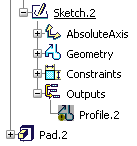Click Profile Feature
 in the Tools toolbar.
The Profile Definition dialog box appears. The name of the
profile you are creating is displayed in the Name field.
in the Tools toolbar.
The Profile Definition dialog box appears. The name of the
profile you are creating is displayed in the Name field.
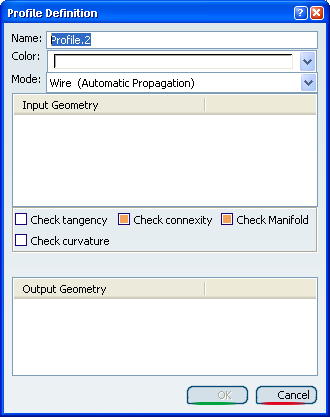
Select the circle as shown.
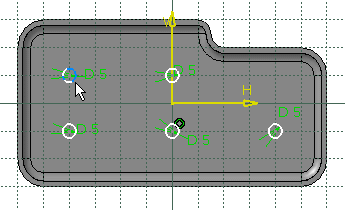
The geometry you selected is displayed in the
Input Geometry field, the resulting geometry, that
is all geometrical elements that eventually are exposed in the 3D area,
in the Output Geometry field.
Select the second circle as shown.
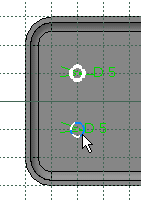
Whenever you wish to remove elements from the selection,
just right-click the element of interest and select Delete.
Alternatively, just select the element in the geometry area again.
A warning message is displayed in the dialog box because the application
detects an ambiguity you need to solve: the two selected circles are
not connex and the Check connexity option is selected.
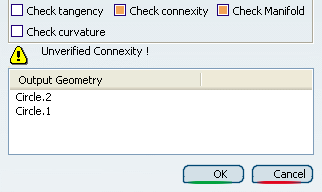
Unselect Check connexity.
Use the Color combo list to assign the cyan
color to the profile feature you are defining.
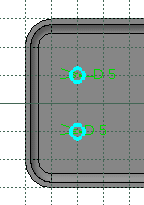
Click OK to confirm the creation.
The parameters and options you defined for this profile are kept as
default values for the next profile you will create later on.
The output feature is displayed as Profile.2 in the Outputs node in
the specification tree.
Go into the Part Design workbench and use the profile
to create a pad.
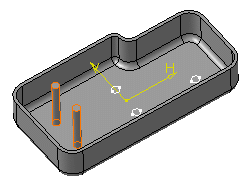
Note that the profile does not appear under Pad.2.
